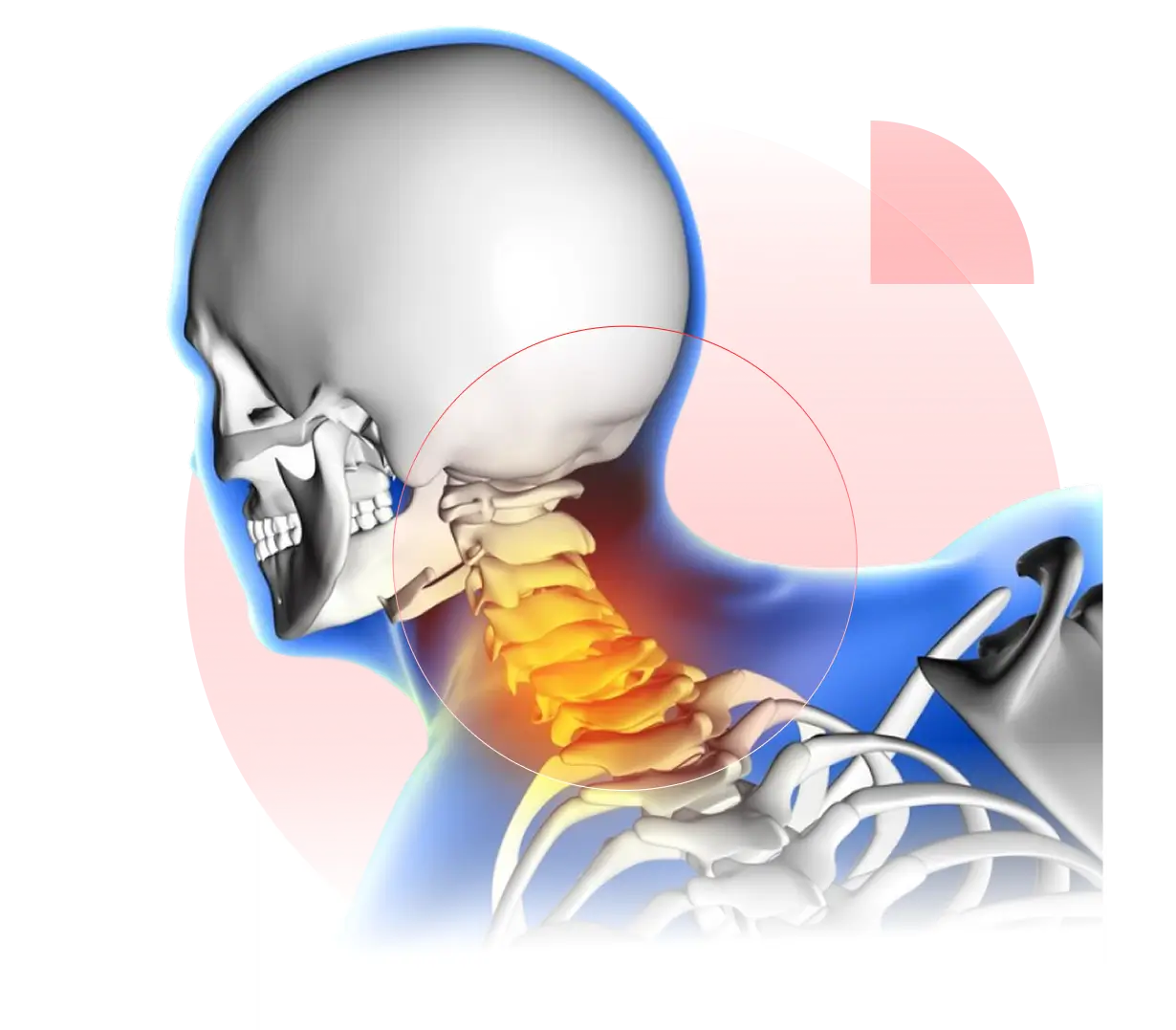Cervical Spinal Stenosis Treatment in Dallas — Protect Your Spinal Cord
Cervical spinal stenosis occurs when the spinal canal in the neck narrows, compressing the spinal cord or nerve roots. Most cases are caused by age-related arthritis, but trauma, herniated discs, and thickened ligaments can also play a role. Left untreated, stenosis may progress to cervical myelopathy, leading to permanent weakness, numbness, and balance loss. Early evaluation and care are critical to prevent long-term disability.

Hand clumsiness (dropping objects, buttoning difficulty)
Neck stiffness and pain
Arm or shoulder numbness and tingling
Unsteady gait or loss of balance
Urinary urgency or frequency (advanced cases)
1
anti-inflammatories, ergonomic setup, cervical stabilization
2
strength, balance, and mobility restoration
3
epidural or selective nerve-root blocks for arm pain
4
laminoplasty, foraminotomy, or laminectomy if deficits progress
5
reserved for instability, deformity, or multi-level compression
Request Your Same-Day Cervical Spinal Stenosis Evaluation
Don’t wait in pain — our expert spine specialists are available for same-day evaluations.
Early stenosis often presents as hand clumsiness, difficulty with fine motor tasks, or tingling in the arms. Unlike simple neck pain, these symptoms reflect spinal cord involvement and require prompt evaluation. Learn more at our Neck Pain page.
Mild stenosis can be managed with medications, physical therapy, posture correction, and epidural injections. However, if balance issues, weakness, or bladder changes develop, surgical decompression may be necessary to protect the spinal cord. See Physical Therapy & Rehab.
Epidural steroid injections reduce inflammation and relieve nerve pain in up to 70% of cases, providing weeks to months of relief. They also help confirm whether the nerve compression is driving the symptoms. See Epidural Injections.
Surgery is recommended if there is progressive hand weakness, gait instability, or MRI evidence of spinal cord compression with signal changes. Early intervention prevents permanent spinal cord injury. Learn more about Spinal Surgery Options.
Laminoplasty enlarges the spinal canal while preserving motion, often used for multi-level stenosis. Fusion eliminates motion at affected levels and is recommended when instability or deformity is present. Both are highly effective when chosen appropriately. See Spinal Fusion Surgery.
Most patients return to desk work within 2–3 weeks. Full recovery, including improved hand coordination and walking stability, typically occurs over 2–3 months. Patients with fusion may require a longer bracing period. Learn more at Cervical Surgery Recovery.